Florence. The name itself evokes images of marble masterpieces, terracotta-tiled roofs, and the golden light of the Renaissance. It is a city that wears its history not as a relic of the past, but as the very fabric of its present. For the traveler, Florence offers a profound conversation with Western civilization: it is at once an open-air museum and a vibrant, living city, a place where the shadows of the Medici fall upon bustling artisan workshops.
This guide moves beyond the surface to provide a comprehensive framework for experiencing Florence in its entirety—from its unmissable icons to its authentic, beating heart. This is a roadmap to seeing the masterpieces and, more importantly, understanding the soul of the city that defined an era.
A legacy cast in stone: why Florence is an essential cultural destination
To understand Florence is to understand the Renaissance. This was not merely a city; it was the epicenter of a cultural earthquake that reshaped the world. Fueled by the ambition and patronage of the Medici family, Florence in the 15th and 16th centuries became a crucible of artistic and intellectual innovation. Geniuses like Leonardo da Vinci, Michelangelo, Brunelleschi, and Botticelli walked these very streets, competing for commissions and pushing the boundaries of human achievement.
Every piazza, palace, and church has a story rooted in this extraordinary period. The city's immense wealth, derived from banking and trade, was funneled into creating beauty and expressing power, leaving behind a legacy so dense and overwhelming that it remains unparalleled. A visit here is not just a vacation; it’s a pilgrimage to the cradle of modern Western thought and aesthetics.
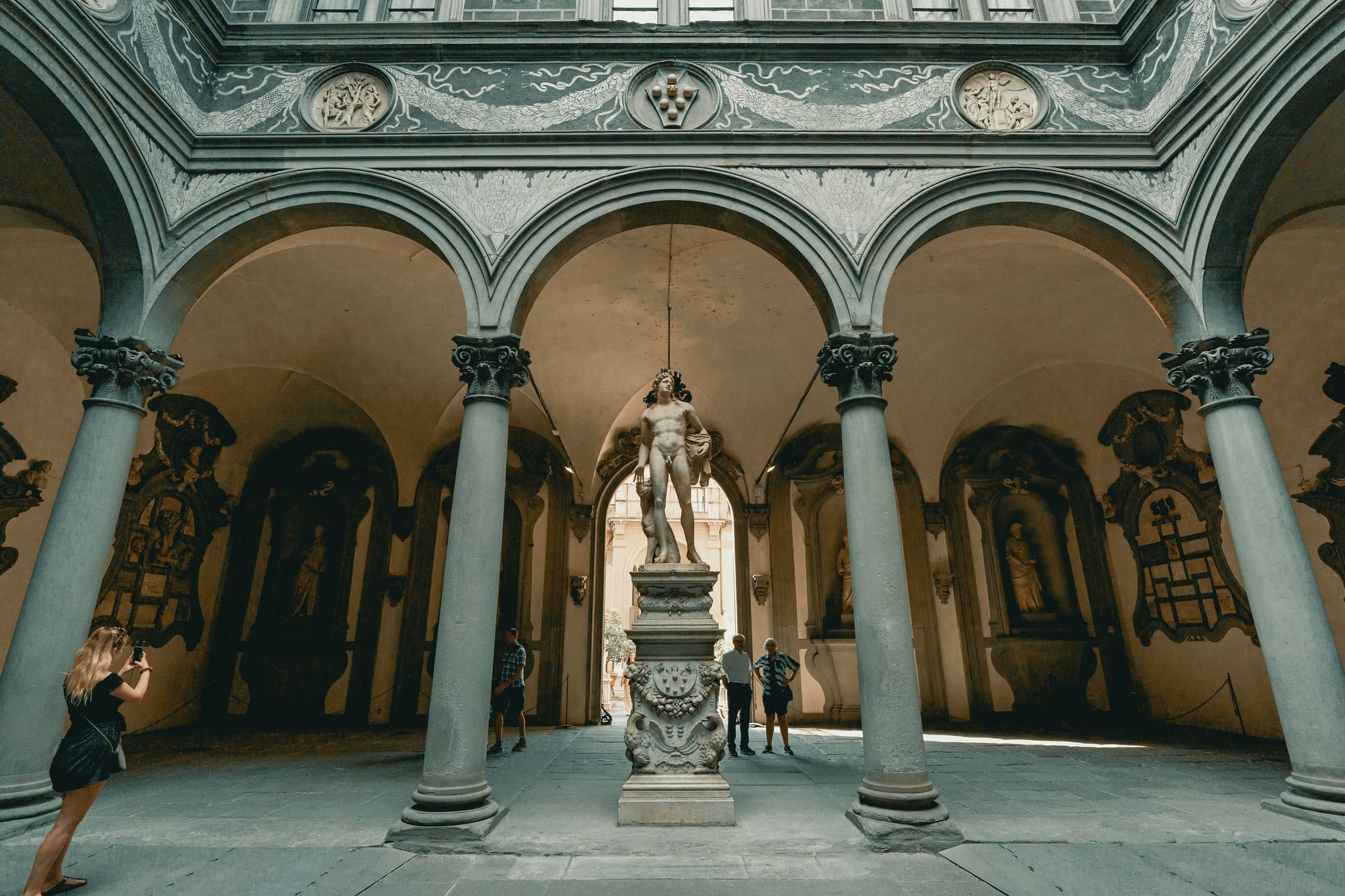
Florence's unmissable icons: what to see first
While discovering hidden corners is rewarding, to ignore the grand icons of Florence would be to miss the very foundation of its identity. These sites are popular for a reason—they are breathtaking, historically significant, and essential to the Florentine narrative.
1. The Duomo complex: cathedral, dome & bell tower
The Cattedrale di Santa Maria del Fiore, or the Duomo, is the city's geographic and spiritual heart. Its sheer scale is astonishing, but the true masterpiece is Filippo Brunelleschi's magnificent dome—an architectural feat that defied the conventions of its time.
- The Dome Climb: Ascending the 463 steps to the top of the cupola is a rite of passage. The narrow, winding passageways lead to an intimate view of Giorgio Vasari's frescoes of the Last Judgment before opening onto the most spectacular panoramic view of Florence. Booking is mandatory and should be done weeks, if not months, in advance.
- Giotto's Bell Tower: For an alternative, and arguably better, photo opportunity that includes the dome, climb the adjacent Campanile di Giotto. It offers a similarly stunning perspective with often shorter queues.
- The Baptistery of St. John: Standing before the Baptistery's gleaming "Gates of Paradise" by Lorenzo Ghiberti (the originals are in the Museo dell'Opera del Duomo) is a moment of profound artistic reverence.
2. The Uffizi Gallery: a Renaissance masterclass
Housing the world's premier collection of Renaissance painting, the Uffizi Gallery is a titan of the art world. It's arranged chronologically, allowing for a clear journey from late Gothic art to the High Renaissance and beyond. Key masterpieces include Botticelli's "The Birth of Venus" and "Primavera," Leonardo da Vinci's "Annunciation," and Caravaggio's "Medusa." Essential Tip: The Uffizi is one of the world's most popular museums. Pre-booking timed-entry tickets online is not a suggestion; it is a necessity to avoid hours-long waits.
3. Galleria dell'Accademia & Michelangelo's David
While the Accademia holds a significant collection of 15th and 16th-century paintings and musical instruments, the vast majority of visitors come for one reason: Michelangelo's David. No photograph or replica can prepare one for the overwhelming scale, detail, and palpable humanity of the 17-foot marble statue. It is a symbol of strength, freedom, and artistic perfection. Also, take time to appreciate Michelangelo's unfinished Prigioni (Prisoners), which offer a fascinating glimpse into his sculpting process.
4. Ponte Vecchio: the bridge that endured
Florence's oldest bridge is an enduring symbol of the city. Famously spared from destruction during World War II, the Ponte Vecchio has been home to shops since the 13th century. Once occupied by butchers, a 16th-century decree allowed only goldsmiths and jewelers to operate here, a tradition that continues today. The best views are not from the bridge itself, but from the neighboring Ponte Santa Trinita, especially at sunrise or sunset.
5. Palazzo Pitti and the Boboli Gardens
Cross the Arno to the Oltrarno district to find the colossal Pitti Palace, the former residence of the Medici grand dukes. Today, it houses a complex of museums, including the Palatine Gallery (with a rich collection of works by Raphael and Titian) and the Gallery of Modern Art. Behind the palace lie the magnificent Boboli Gardens, a superb example of Italian garden design, offering fountains, sculptures, and tranquil pathways—a perfect respite from the city's intensity.
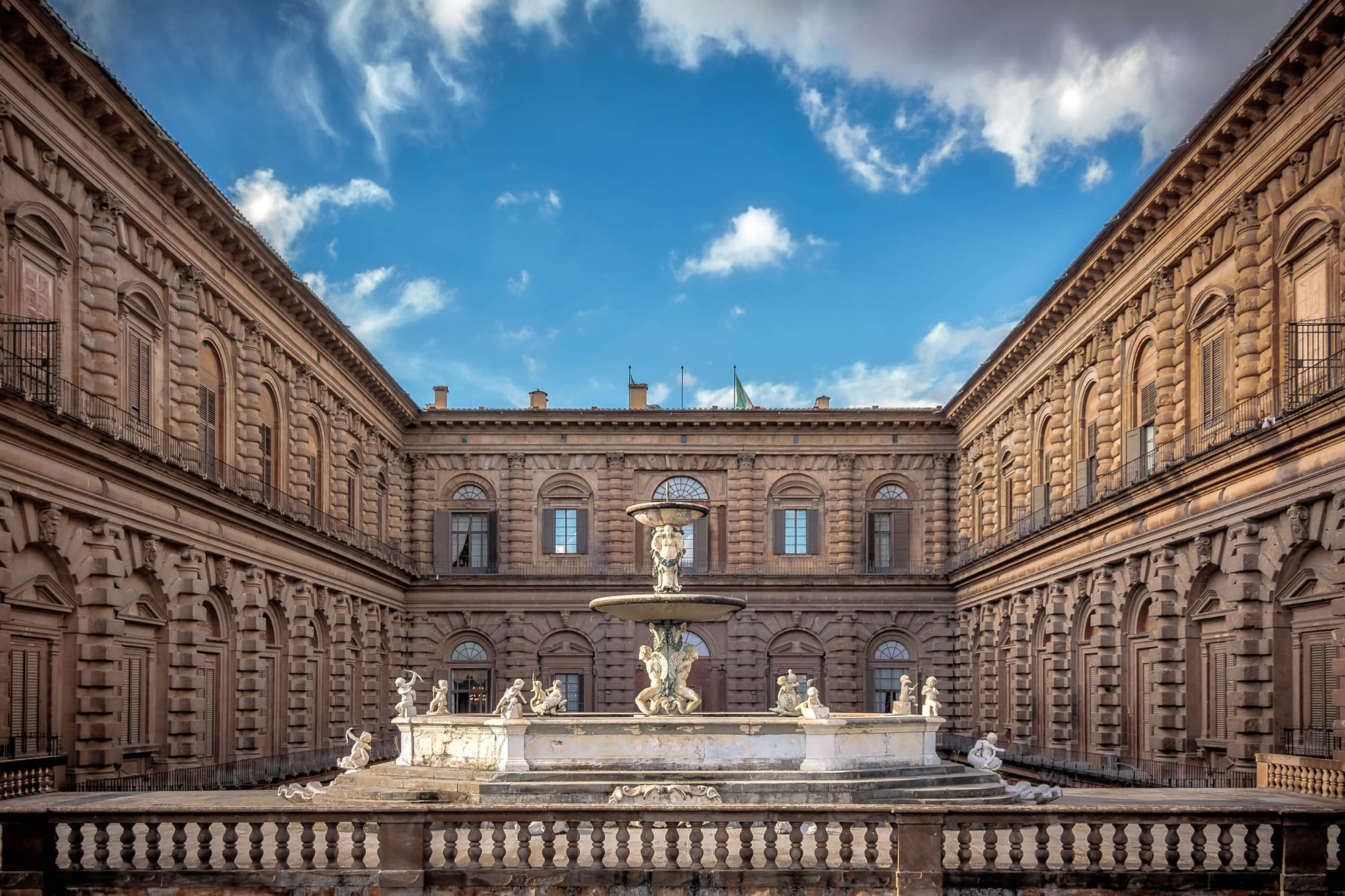
Discovering authentic Florence: beyond the tourist trail
True appreciation for Florence is found in the spaces between the monumental sights. It’s in the quiet courtyards, the scent of old leather from a hidden workshop, and the palpable layers of history on a quiet side street. To discover this Florence, one must venture beyond the well-trodden path connecting the Duomo to the Ponte Vecchio.
Explore the Oltrarno: Florence's artisan heart
The "other side of the Arno" remains the city's most authentic neighborhood, a bastion of craftsmanship and Florentine daily life. A walk here is a sensory experience. The sharp tap of a metalsmith's hammer echoes from an open doorway; the rich aroma of wood polish drifts from a furniture restorer's studio. While the entire district is a treasure, focus exploration around Piazza Santo Spirito, with its magnificent Brunelleschi-designed basilica and lively morning market, and the intimate, charming Piazza della Passera.
Venture into the workshops (botteghe) to witness centuries-old techniques. Beyond general leather goods, seek out specialists in:
- Commesso fiorentino (Pietra Dura): The art of creating intricate pictures from inlaid polished stones, a craft perfected by the Medici.
- Handmade footwear: Discover bespoke shoemakers who craft exquisite shoes entirely by hand, a testament to Italian elegance.
- Bookbinding and marbled paper (legatoria e carta marmorizzata): Witness the mesmerizing, almost alchemical process of creating unique Florentine paper, then see it used to bind journals and books.
Lesser-known museums for the art lover
For the connoisseur of Renaissance painting, Florence holds sanctuaries of art that offer a more contemplative experience than the major galleries.
- Museo di San Marco: This former Dominican convent is a spiritual and artistic haven. Its serene cloisters and monks' cells are decorated with the ethereal frescoes of Fra Angelico, a painter-friar whose works radiate a unique piety and grace.
- The Brancacci Chapel: Housed within the Church of Santa Maria del Carmine, this chapel is often called the "Sistine Chapel of the early Renaissance." The powerful, revolutionary frescoes by Masaccio, with their dramatic use of perspective and emotion, became a training ground for later masters, including Michelangelo himself.
- Palazzo Davanzati: To step inside this perfectly preserved 14th-century palace is to step back in time. As the Museum of the Old Florentine House, it offers an unparalleled glimpse into the domestic life of a wealthy medieval merchant family, complete with original frescoes, furniture, and even period kitchen utensils.
Lesser-known gems for the discerning traveler
- San Miniato al Monte: Perched on a hill above Piazzale Michelangelo, this stunning basilica is one of the finest examples of Romanesque architecture in Tuscany. The view of Florence is breathtaking, and the atmosphere is serene, especially if one can catch the monks' Gregorian chant service in the late afternoon.
- Museo Nazionale del Bargello: For lovers of sculpture, this former prison houses an unrivaled collection of Renaissance works, including masterpieces by Donatello (his bronze David is a must-see), Verrocchio, and a young Michelangelo. It is far less crowded than the main galleries.
- Medici Chapels: Attached to the Basilica of San Lorenzo, these opulent chapels are the final resting place of the Medici family. Michelangelo’s New Sacristy is a masterwork of architecture and sculpture, a somber and powerful space of contemplation.
- The Bardini Garden: Offering another spectacular city view, this garden is often quieter than Boboli. Its famous wisteria tunnel is a magnificent sight in the spring, and its grand Baroque staircase provides a unique and dramatic vantage point over the city.
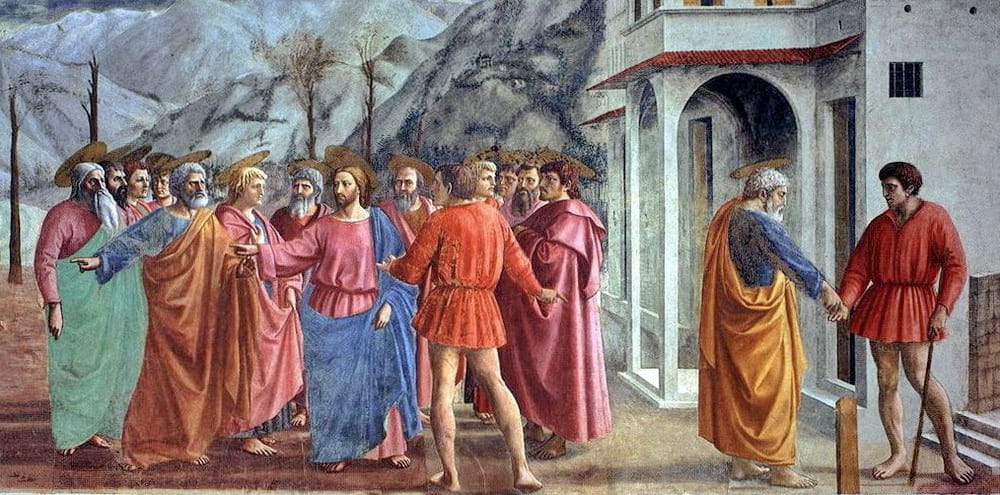
The taste of Tuscany: what to eat & drink in Florence
Florentine cuisine is rustic, direct, and ingredient-driven. It reflects a history of "cucina povera" (peasant cooking) elevated to an art form, where simple, high-quality local products are treated with deep respect. Exploring Florence’s food culture is as essential as visiting the Uffizi.
The Cornerstones of the Florentine table
Beyond the famous steak, a full Florentine meal is a journey through the flavors of the Tuscan countryside.
- Antipasti (Appetizers): The meal often begins with Crostini di Fegatini, a savory chicken liver pâté spread on toasted bread, a taste that is quintessentially Tuscan. Also common is a platter of local salumi (cured meats) like the aromatic Finocchiona (fennel-infused salami) and a selection of Pecorino cheeses from nearby Pienza.
- Primi (First Courses): While bread soups like Pappa al Pomodoro and Ribollita are iconic, fresh pasta is also a staple. Look for Pappardelle al Cinghiale—wide ribbon pasta with a rich, slow-cooked wild boar ragù that speaks to the region's hunting traditions.
- Secondi (Main Courses): The undisputed king is the Bistecca alla Fiorentina. A true bistecca comes from Chianina cattle, is cut at least three fingers thick, and is cooked for just a few minutes per side over hot coals, leaving it charred on the outside and deeply rare inside. It is seasoned simply with salt and pepper after cooking and is always shared. For the more adventurous, Lampredotto—the fourth stomach of a cow, slow-cooked in broth and served in a crusty roll (panino)—is the city's beloved street food.
- Dolci (Desserts): The classic end to a meal is Cantucci e Vin Santo. These hard almond biscotti are not meant to be eaten dry; they are dipped into a small glass of Vin Santo, a sweet dessert wine, which softens them and creates a perfect harmony of flavors.
Essential culinary experiences
- The enoteca: More than just a wine shop, the enoteca is a wine bar where one can sample a wide range of Tuscan and Italian wines by the glass, often accompanied by small plates of cheese and cured meats. It is the perfect place to become acquainted with Chianti Classico, recognizable by the Gallo Nero (black rooster) seal on the bottle neck, a symbol of its quality and origin.
- The ritual of aperitivo: The pre-dinner aperitivo is a cherished social ritual. From around 7 PM, bars and cafes offer a drink (like a Negroni, which was invented in Florence, or a glass of prosecco) that comes with access to a buffet of snacks, ranging from simple olives and chips to elaborate spreads of pasta, salads, and cured meats.
- Market life: The Mercato Centrale is a must-visit. The ground floor is a traditional, chaotic, and wonderful market where locals shop for produce, cheese, and meats. The upper floor is a modern, high-end food hall perfect for a high-quality lunch or dinner, offering everything from fresh pasta to artisan pizza and truffle-based dishes. For a more local, less tourist-focused experience, visit the Mercato di Sant'Ambrogio.
- Coffee culture: Coffee in Italy is a quick, stand-up affair. Visit a local bar, order an espresso or cappuccino (the latter is generally only consumed in the morning), and drink it standing at the counter (al banco) for the lowest price and most authentic experience.
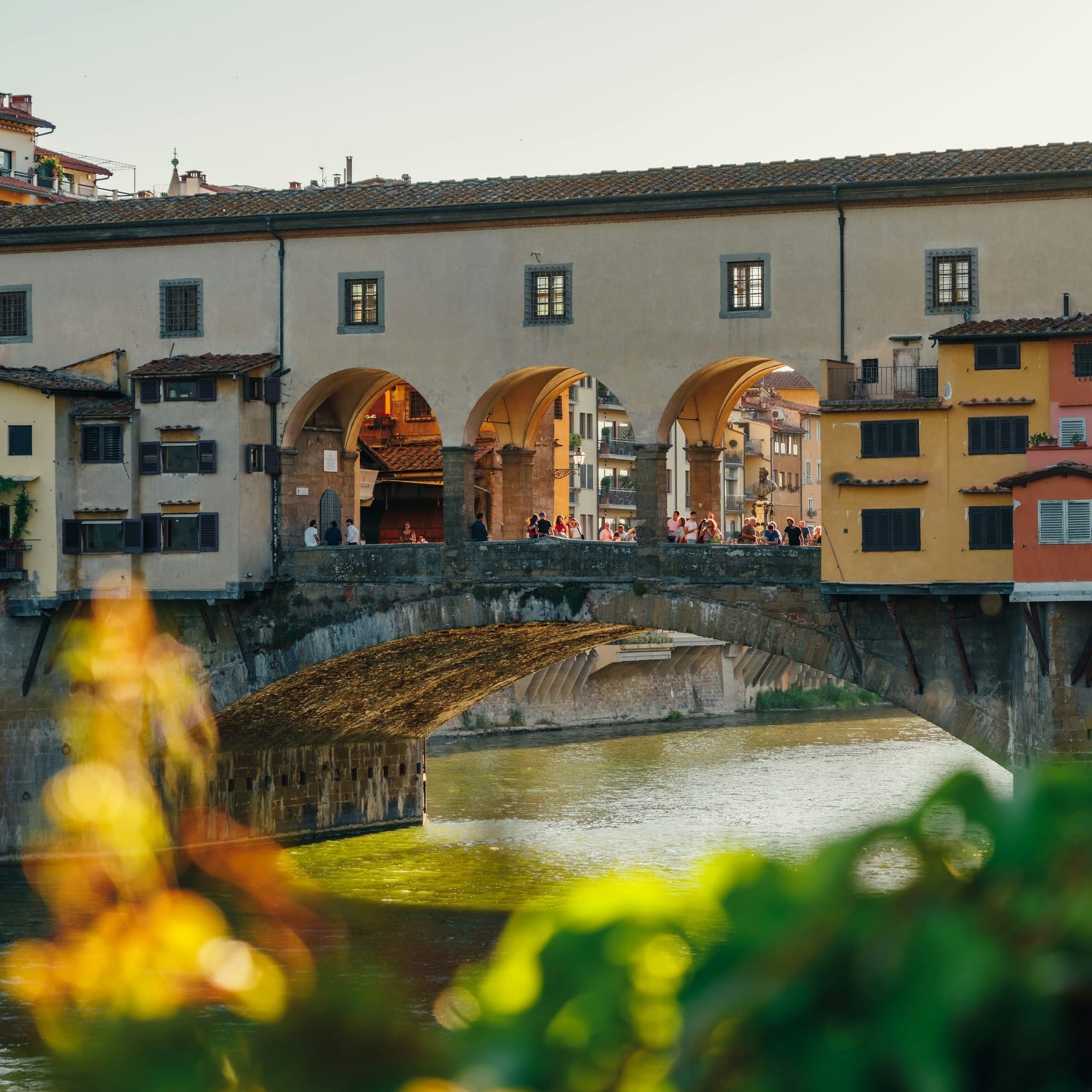
Practical Florence travel guide: plan your perfect trip
When is the best time to visit Florence?
The shoulder seasons—April to June and September to October—offer the best balance of pleasant weather and manageable crowds. August is typically hot, crowded, and many smaller shops close for vacation. Winter offers a quieter, more atmospheric experience.
Getting to and around Florence:
Florence is a remarkably compact city. The historic center is best—and often only—navigable on foot. Comfortable shoes are the most important item to pack. Taxis are available but cannot enter many pedestrianized zones.
Where to stay in Florence: a neighborhood guide
- Duomo/Centro Storico: Ideal for first-time visitors who want to be in the heart of the action. It's bustling and convenient but can be noisy.
- Oltrarno: Perfect for those seeking a more authentic, neighborhood feel with artisan shops, excellent trattorias, and a slightly slower pace.
- Santa Croce: A good mix of tourist energy and local life, with a lively piazza and proximity to key sights and great restaurants.
Essential Florence travel tips:
- Reservations are key: This applies to major museums, popular restaurants, and the Duomo climb. Plan and book ahead.
- The Firenze Card: This city museum pass can be a good value if planning to visit many sites in a short period (72 hours). Do the math based on the intended itinerary to see if it makes financial sense.
- Church etiquette: Modest dress is required to enter most churches. Ensure shoulders and knees are covered.
- Understanding the "Coperto": Most restaurants charge a coperto, or cover charge, per person. This is not a tip; it covers bread and the table setting.
- Embrace the pace: Do not try to see everything in one day. Florence is a city to be savored. Schedule downtime to simply sit in a piazza with a coffee or a glass of wine and absorb the atmosphere.
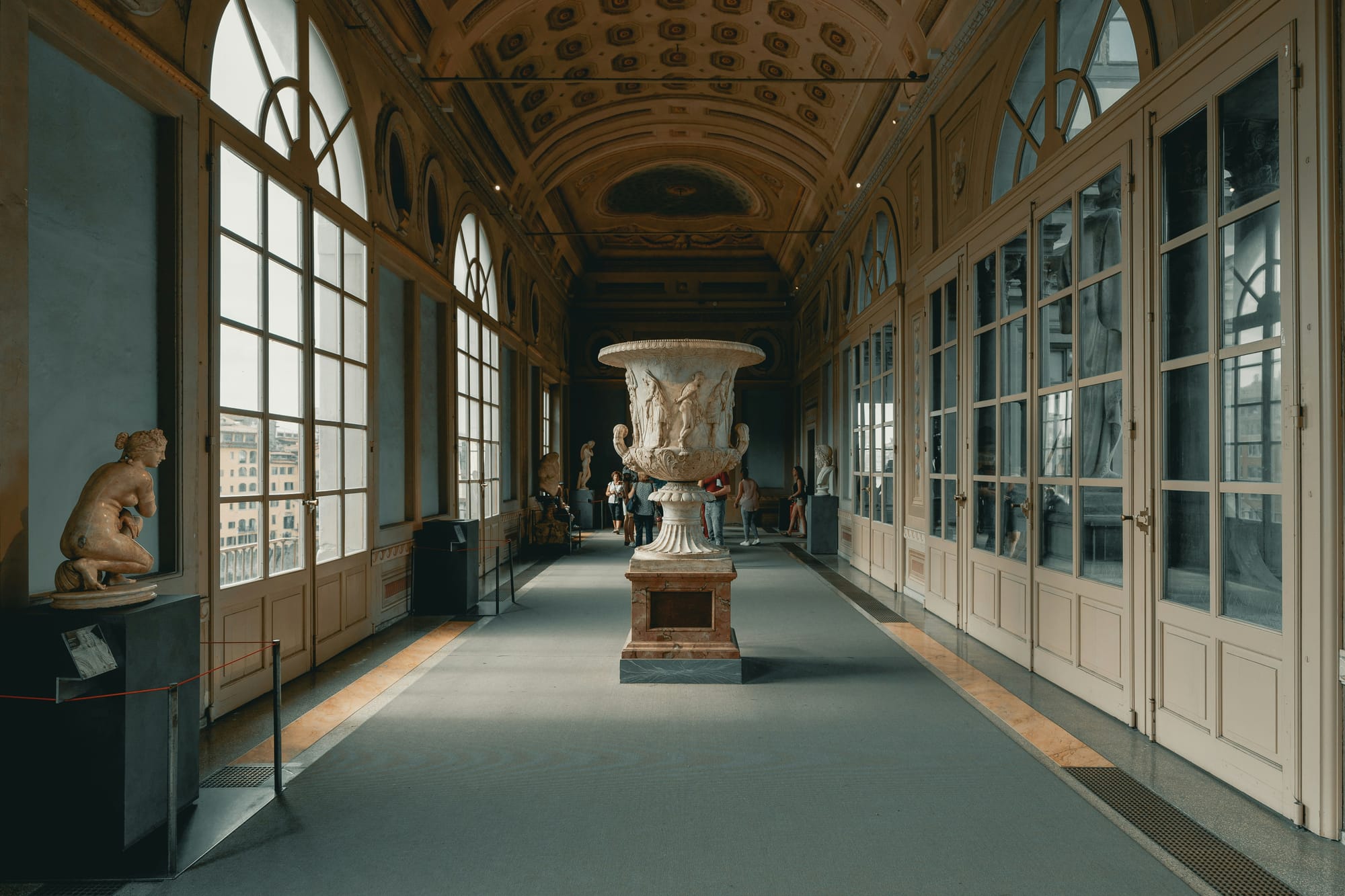
Your Florence Questions Answered (FAQ)
A collection of answers to common questions to help in the final planning stages of a trip to this remarkable city.
How many days are enough for Florence?
- For a first-time visitor, three full days are sufficient to experience the main highlights—such as the Uffizi, Accademia, and Duomo Complex—without feeling rushed. A stay of five days, however, allows for a much deeper dive into the city's other treasures, including the Oltrarno district, lesser-known museums, and perhaps a day trip into the Tuscan countryside.
Do I really need to book attractions in advance?
- For major attractions, yes. Booking major sights like the Uffizi Gallery, the Galleria dell'Accademia, and the climb up Brunelleschi's Dome is not just recommended; it is essential, especially during high season (April-October). This should be done weeks, or even months, beforehand via the official websites to avoid hours-long queues and potential disappointment.
Is the Firenze Card worth the cost?
- The Firenze Card can be a good value for travelers planning a very museum-heavy trip. It grants access to a long list of state and civic museums within a 72-hour window. One should calculate the individual admission costs of the intended museums; if the total exceeds the price of the card, it is worthwhile. For those planning to visit only two or three major sites, buying individual timed-entry tickets is almost always more economical.
Is Florence a safe city for travelers?
- Florence is generally a very safe city. The primary concern is petty crime, such as pickpocketing, which is most common in crowded tourist areas like the Ponte Vecchio, around the Duomo, and at train stations. It is advisable to remain aware of one's surroundings and keep valuables secure, but violent crime is very rare.
How widely spoken is English?
- In the tourist center of Florence—at hotels, major attractions, and most restaurants—English is widely spoken and understood. However, learning a few basic Italian phrases such as per favore (please), grazie (thank you), buongiorno (good morning), and conto (bill) is always appreciated and enhances the cultural experience.
Is it easy to take day trips from Florence using public transport?
- Absolutely. Florence's Santa Maria Novella (SMN) train station is a major hub, making day trips by rail exceptionally easy. Destinations like Siena, Pisa, Lucca, Bologna, and Arezzo are all reachable via direct and frequent train services, making Florence an excellent base for exploring both Tuscany and the wider region.
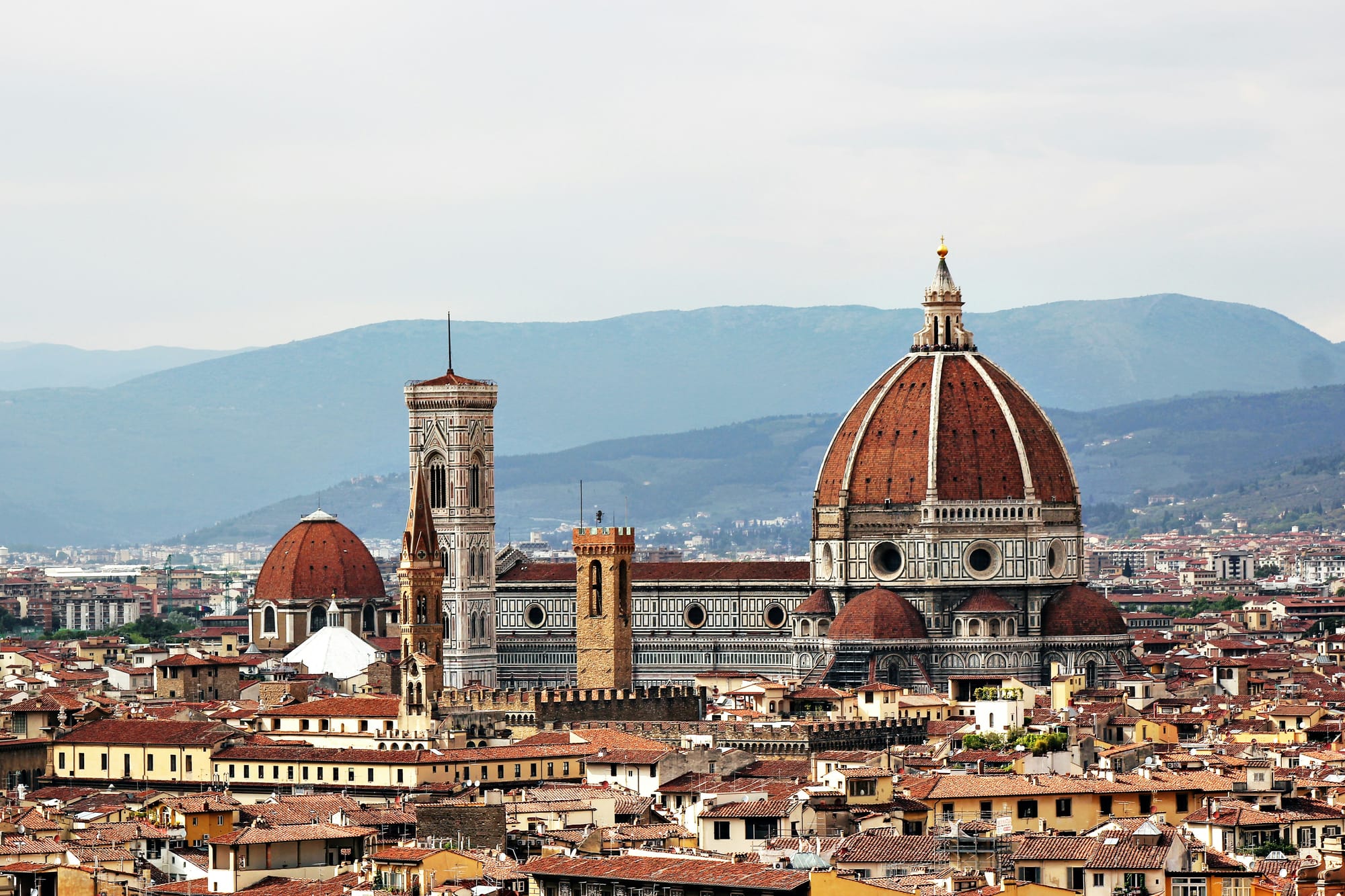
Florence is a city that rewards curiosity. It invites visitors to look past the crowds and engage with the art, history, and culture on a deeper level, to ask not just what they are seeing, but why it came to be. It is in this active search for context and beauty that the city truly reveals its enduring spirit. The experience lingers long after departure—in the memory of light hitting a marble facade, in the understanding of a masterpiece's true scale, in the taste of wine grown in nearby hills. By balancing the monumental with the intimate, the iconic with the authentic, a trip to Florence becomes more than a vacation—it becomes a rich and unforgettable chapter in one's own cultural journey, forever shaping the way one sees the world.
You can find out more about Florence. Read all our articles to understanding the soul of the city.








